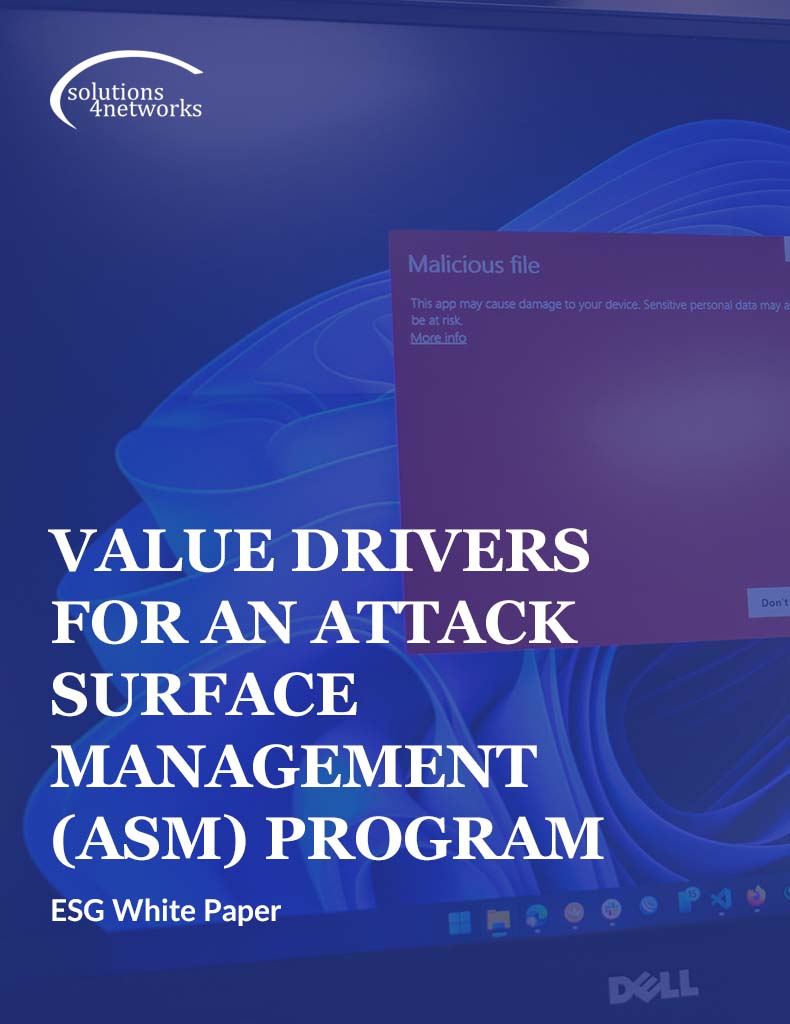ESG White Paper
A few years ago, the term attack surface management (ASM) wasn’t part of the common cybersecurity lexicon. Most organizations employed a few security and IT personnel who could identify their internet-facing assets and manage security hygiene and posture using an assortment of tools like vulnerability scanners, CMDBs, and threat intelligence feeds. Unfortunately, this quaint picture has become ancient history. A modern Internet-facing attack surface is often composed of a variety of thousands of assets, including websites, user credentials, sensitive data, open ports, code fragments, and much more. Beyond scale and scope, the attack surface is incredibly dynamic, changing and growing all the time. Given this progress, one would assume that organizations have modernized their ASM processes and technologies to keep up. Unfortunately, that’s not really the case.
Download the Guide
"*" indicates required fields

